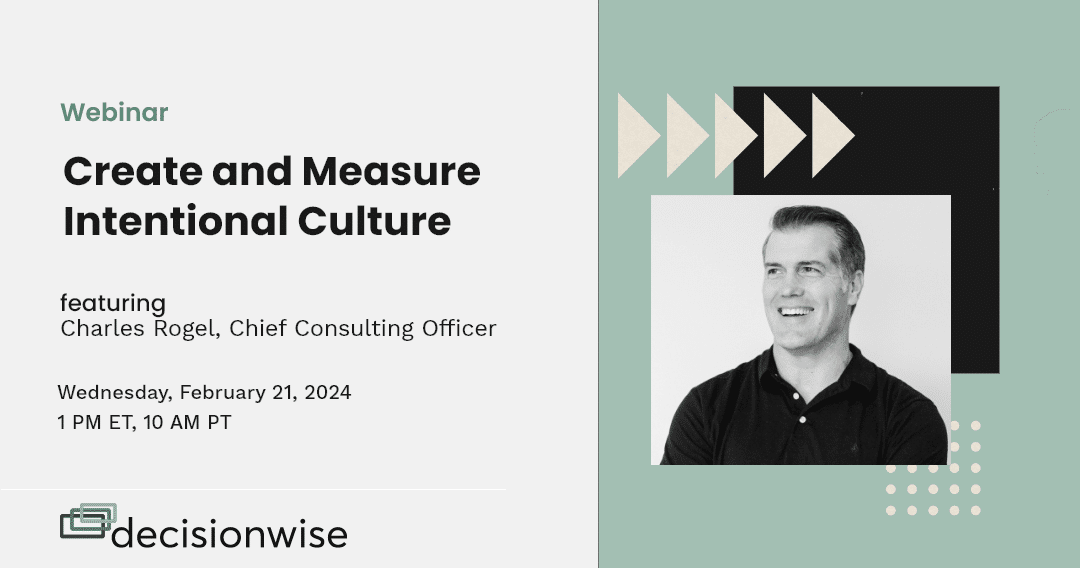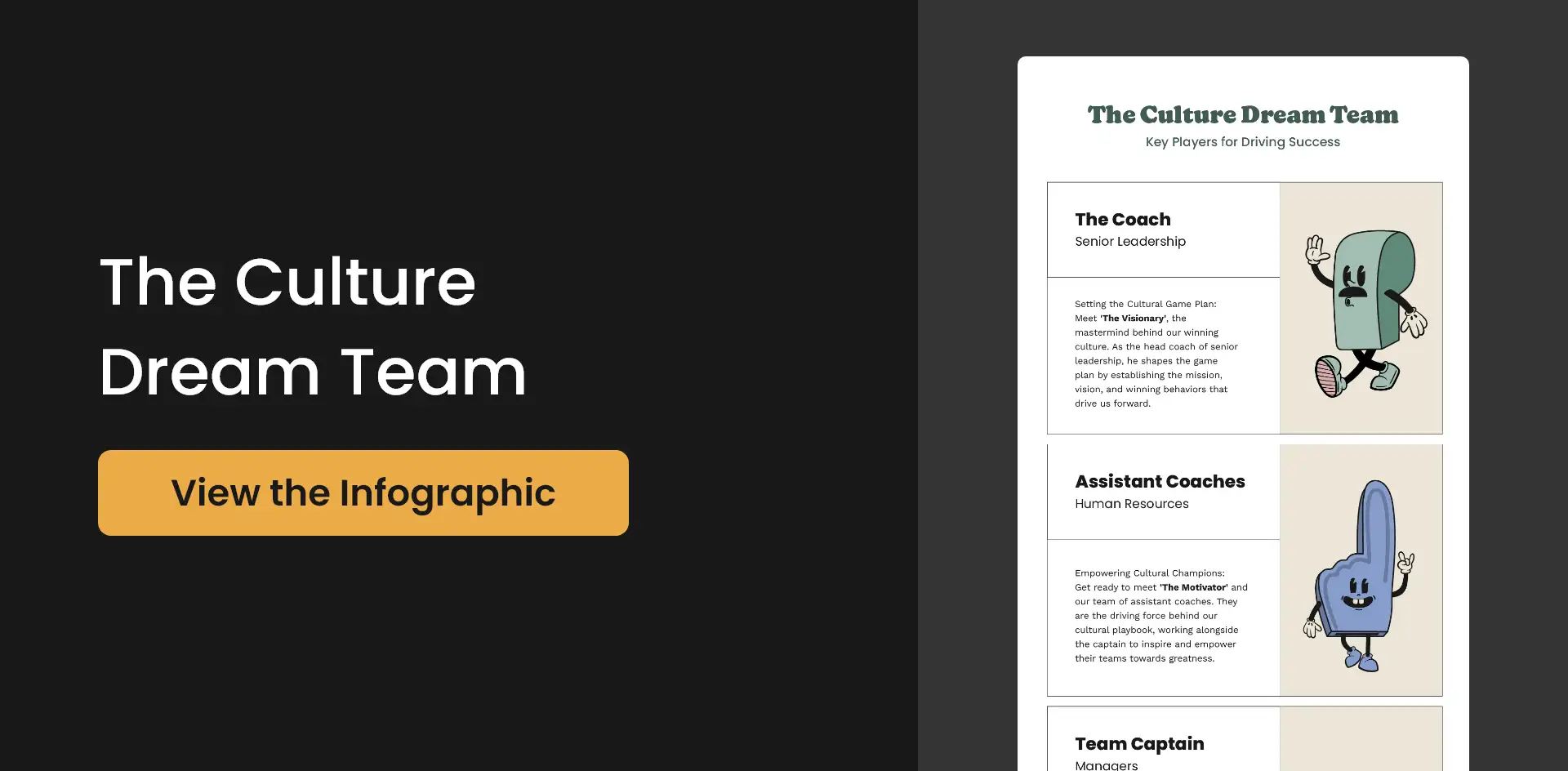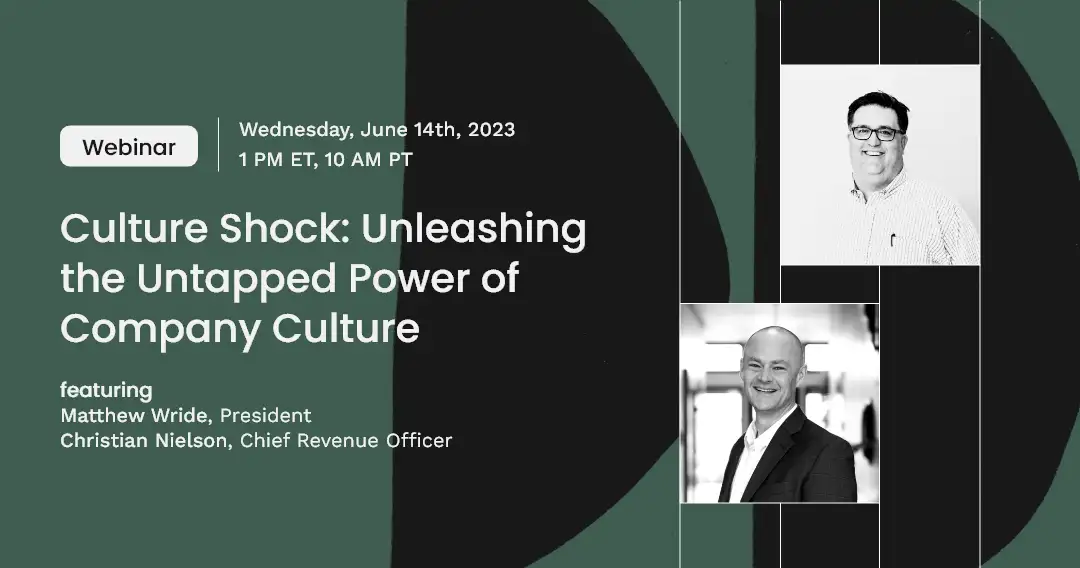This article defines organizational culture and presents eight practical principles to leverage it as a strategic asset. From gaining a deep understanding of the existing culture to employing effective measurement and shaping techniques, leaders can cultivate an environment that drives employee engagement and propels the organization forward. By embracing these principles, organizations can navigate the intricate dynamics of culture and unleash their full potential.
Defining Organizational Culture
Organizational culture is a set of values, norms, guiding principles, beliefs, and understandings that are shared by members of an organization. These elements are taught to new members as a way to feel, think, and behave. A helpful shorthand definition is “how we do things around here.” Every organization has a culture, and often it develops organically, growing without a lot of input or direction from those within the culture.
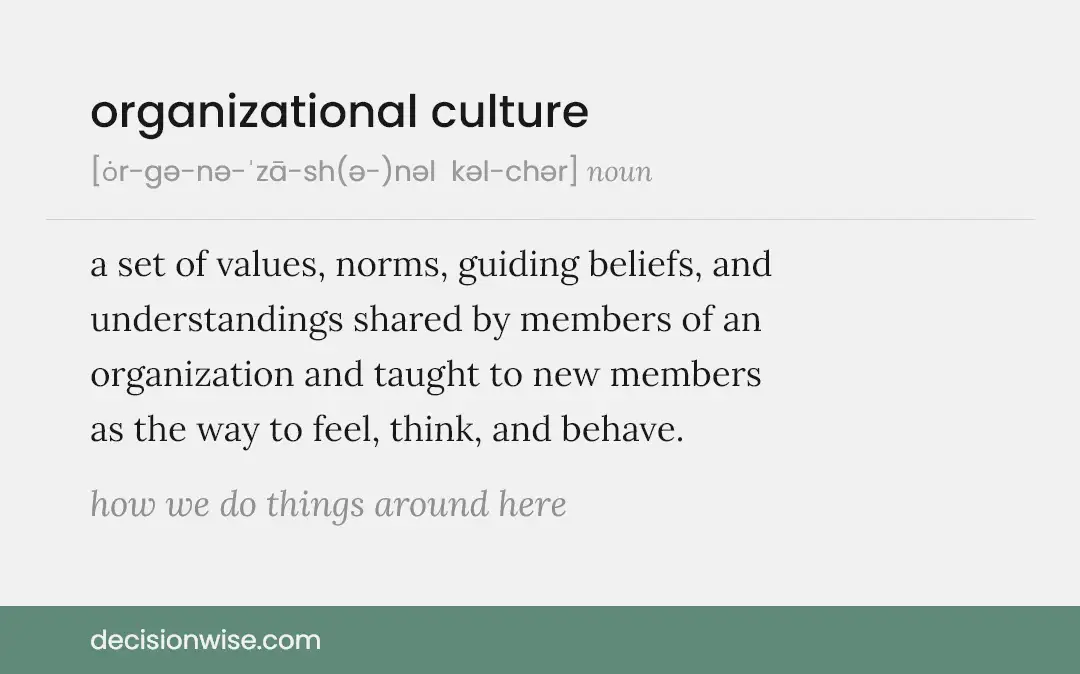
Principle #1: Every Organization Has a Culture, Either Deliberate or Organic
You have a culture whether you know it or not. Humans are highly social creatures and intuitively seek common, often implicit, understandings as to how the group and its members should behave.
For example, my colleague, Christian Nielson, shared how he showed up on his first day at a new job without a tie. As he looked around, he quickly noticed that nearly every man was wearing a tie. So, what did Christian wear the next day? A necktie. He tacitly perceived the culture and then adapted his behavior accordingly. This organization had a “tie” culture even though it was not expressly established in the dress code.
The choice for leaders is whether they choose to be involved in the process or are they content to let it grow organically. Those leaders that are deliberate in building their culture use this process to shape and design their employee experience.
Principle #2: The Interrelation of Culture, Employee Experience, and Employee Engagement
It is important to note that culture does not, and cannot, stand alone. Culture always finds itself with two companions: Employee Experience and Employee Engagement.
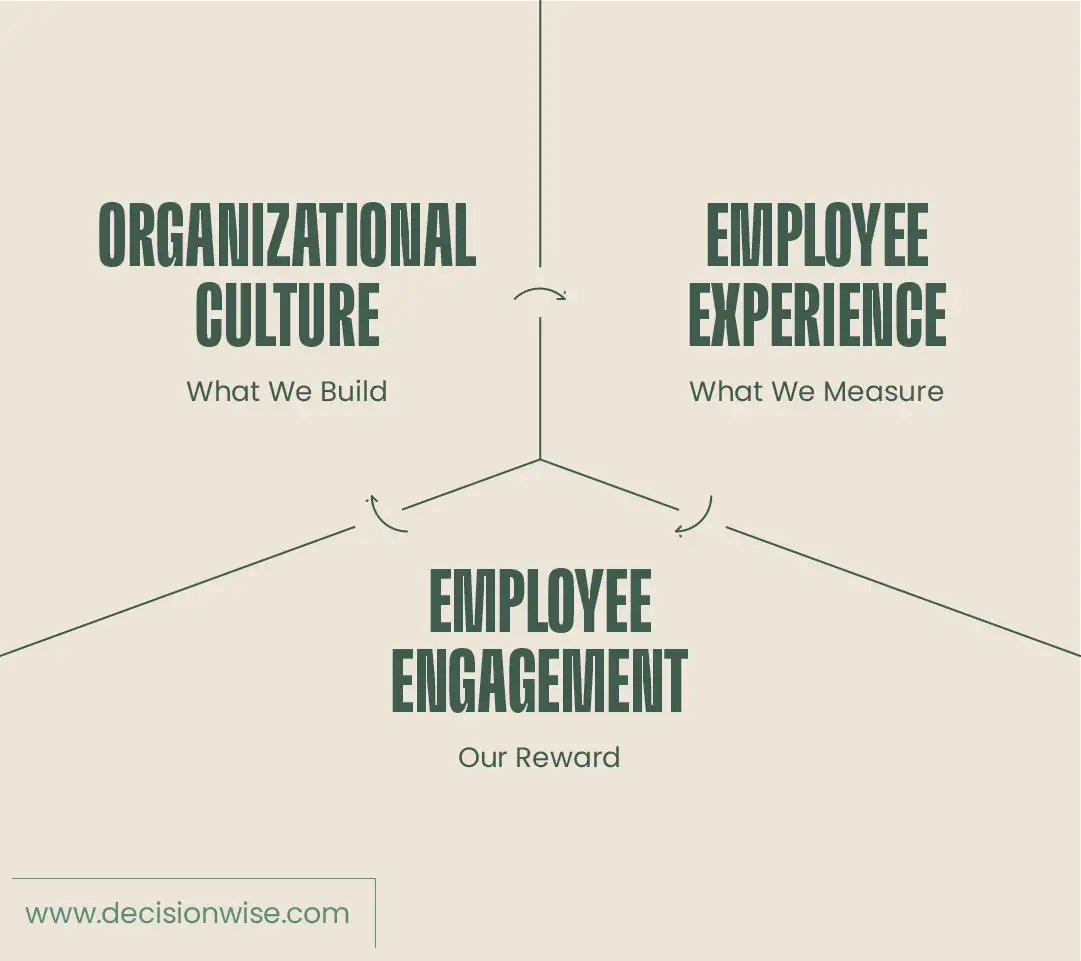
Our third player on the stage is Employee Engagement, an outcome that arises from a well-crafted Employee Experience and thriving culture. Employee Engagement is an emotional state where employees feel passionate for, energetic toward, and committed to their work. In turn, they fully invest their best selves in their work.
By nurturing a culture that prioritizes the Employee Experience, we cultivate the conditions that foster meaningful engagement, allowing employees to fully invest their best selves in their work. It’s a powerful cycle where culture, Employee Experience, and Employee Engagement intertwine to create an environment of shared success and fulfillment.
Principle #3: Before You Can Change Your Organization’s Culture, You Must Understand It
It is obvious that before you can build something, you must first understand what already exists. And, since you have a pre-existing culture, creating one is not like building a house on raw ground. It is more like remodeling an older home. You must know what you want to discard and keep. Only then can you architect your dream additions.
Some might ask whether you can tear everything down and start over fresh. No. Some cultural vestiges will always remain. There is no such thing as cultural “Round Up” that can eradicate all traces of the past. However, by understanding the existing culture, you can gradually and purposefully transform it into the desired state.
Principle #4: Define Your Cultural Influencers
To create a successful culture, it is essential to recognize the key influencers and their responsibilities. We believe three primary influencers play a crucial role in shaping culture.
First, the senior leadership team sets the organization’s mission, vision, and strategy. They establish winning behaviors and make policy decisions that impact the employee experience (EX).
Next, human resources oversees the people systems, encompassing communication, incentives, learning and development programs, organizational design, support functions, and physical environments. Aligning these systems with the cultural direction is vital.
The final group consists of team managers who directly shape the employee experience within their teams. The competence, attitudes, and behaviors of managers significantly impact team culture. This level allows us to measure and assess the adoption of cultural winning behaviors.
Principle #5: Labeling Versus Measuring Culture
When we study culture, there are two main ways to approach it.

R.E. Quinn and J. Rohrbaugh, 1983
One approach involves giving culture labels or names using frameworks, like the competing values framework. This approach is helpful because it tells us what kind of culture exists and can also describe other cultures that might be a better fit.
However, labels have limitations. Every culture is unique, shaped by its people, place, time, and values. It’s impossible to accurately classify every culture because there are so many variations. When we focus on just a few types, we might miss important details or force cultures into categories that don’t truly fit.
The alternative approach is to measure culture by examining its different parts. We believe this is a more useful approach because it provides targeted and actionable information through organizational culture surveys.
Principle #6: The Role of a Culture Survey in Your Organization
When organizations approach us to administer a culture survey, it’s often because their leaders sense something is amiss and need assistance in pinpointing the underlying issues. However, one of our challenges lies in understanding what exactly these leaders expect from an organizational culture survey. While leaders frequently emphasize the importance of culture, they often fall short in actively monitoring, shaping, and protecting it.
At DecisionWise, our goal is to help leaders understand how employees perceive the behaviors of the company and teams that shape culture. Well-designed surveys help leaders analyze and measure the behaviors that lead to success. Measuring these behaviors, both at the organizational and team levels is where a culture survey truly shines.
For example, we can gauge whether:
- The organization attracts, develops, and retains individuals from diverse backgrounds.
- The organization values and encourages employee input, feedback, and suggestions.
- The organization fosters a sense of belonging among its employees.
However, it is crucial to note that conducting a culture survey should only be done if there is a genuine intention to act upon the feedback received. It is far more detrimental to solicit feedback and take no action than to never seek sentiment in the first place.
Principle #7: Culture is Multi-Faceted; Changing One Piece of the Puzzle is Never Enough
While it may seem tempting to believe that we can shape culture by focusing on a few specific aspects, the reality is far more intricate. Culture is like a tightly woven tapestry: each component is interconnected. Simply removing or altering one piece has limited impact and often results in culture reverting back to its original state.
To achieve lasting and meaningful change, try putting into play several pieces of the puzzle. The concept is simple: You must modify enough components to reach a tipping point. However, the challenge lies in pinpointing the exact location of that tipping point, as it varies in each unique cultural context.
Principle #8: Effective Cultures are Built upon Winning Behaviors
Alan Mulally was famous for his transformative leadership at Ford Motor Company during one of the sharpest economic downturns in the last hundred years. His secret weapon? A single slide containing 11 principles that played a pivotal role in driving Ford’s survival and success.
Let’s take a closer look at Mulally’s principles:
- People first
- Everyone is included
- Compelling vision, comprehensive strategy and relentless implementation
- Clear performance goals
- One plan
- Facts and Data
- Everyone knows the plan, the status, and the areas that need special attention
- Propose a plan, positive, “find a way” attitude
- Respect, listen, help, and appreciate each other
- Emotional resilience – trust the process
- Have fun – enjoy the journey and each other
These principles embodied Mullaly’s vision for a thriving Ford. He believed that by embracing these behaviors, a positive cultural transformation could be achieved. This single slide encapsulated his aspirational desire for Ford’s culture.
The same concept applies to your organization. Consider what winning behaviors are correlated with success in your specific context. Which behaviors will you expect and require from your team? By identifying and fostering these behaviors, you can shape a culture that propels your organization toward greatness.
Conclusion: Harnessing the Power of Organizational Culture
In conclusion, the power of organizational culture cannot be underestimated. It is a critical factor that influences every aspect of a company’s success or failure. Leaders who use these eight principles as a basic cultural framework are well on their way to deploying what may be their organization’s most important strategic asset –– their organizational culture.
As Lou Gerstner, former CEO of IBM, wisely stated, “Culture isn’t just one aspect of the game—it is the game.” By embracing this mindset, organizations can thrive and achieve lasting success in today’s dynamic business landscape.

